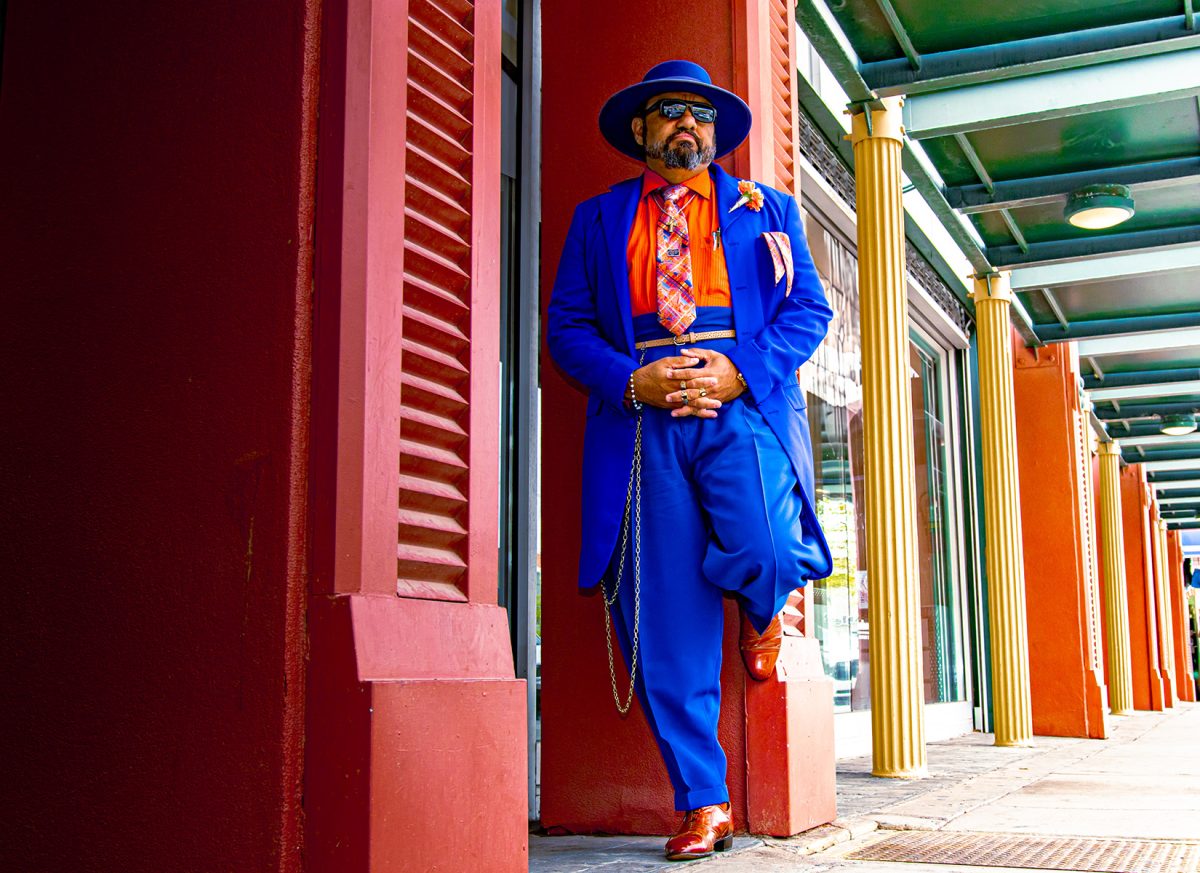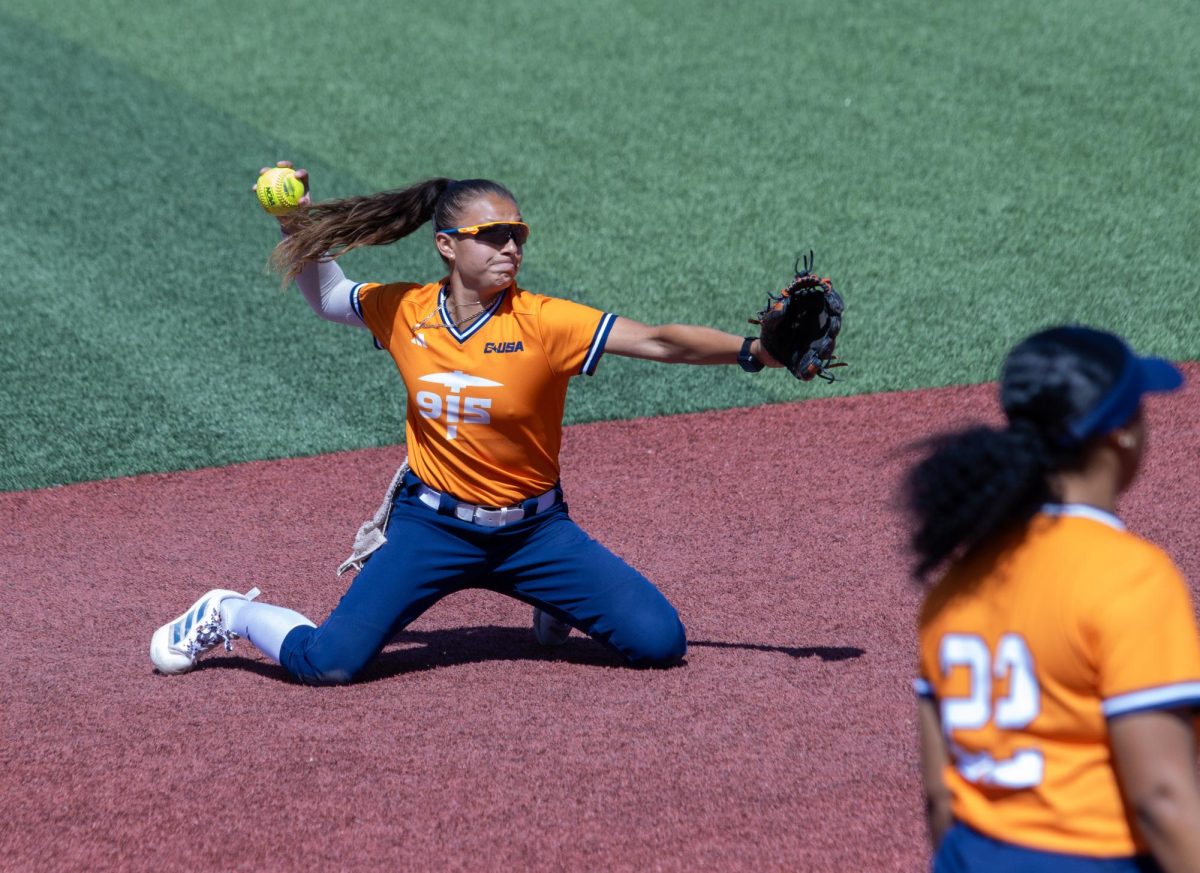It may be hard to believe that root-beer, bubble gum, banana, etc. are harming people under 21. At first it may seem harmless, but these are the most common vape flavors that are being sold to minors.
Nicotine is a stimulant that triggers adrenaline, leading to a sense of calmness. However, vaping is equivalent to smoking more than a pack of cigarettes. Although countless ads and public service announcements talk about the dangers of nicotine, the evolution of cigarettes to vapes continues to influence people above and below 21.
Seemingly, the age for frequent vapers is getting younger. According to the U.S. Food and Drug Administration, in 2023, 2.8 million students in high school and middle school, used tobacco products daily.
States are starting to notice these trends and are beginning to take more safety measures in school districts. Locally, Smoke-Free project coordinator, Kristen Ortega, informs parents/guardians and school staff about minors vaping and how to look for warning signs.
“Kids know way more than we do about these devices, and so sometimes teachers are unaware on maybe how discreet some of these devices look like,” Ortega said. “We teach them about how these particular devices look like, they can sometimes look like pens, a sweatshirt, or a backpack.”
Ortega works with Action for Healthy Kids, which is originally based in Chicago. The El Paso branch works with school districts (both here and in Doña Ana County) to educate both parents and students on vaping. With attractive colors and flavors, was initially supposed to be a device to help older people stop smoking cigarettes and is being used by teens.
“When they were originally developed, these products (vapes) were to help people quit smoking traditional cigarettes,” Ortega said. “However, there have been a lot of different lawsuits, like with Juul for example, that showed that they were particularly targeting youth through social media and stuff like that.”
While this is a current problem amongst minors, some students at UTEP grew up with no appeal towards it, for example, anthropology major, Luis Bustamante.
“It’s never been appealing to me,” Bustamante said. “I grew up in a Mexican family were people smoked, like cigarettes, but I think it looks kind goofy.”
In efforts to keep children away from vaping, anti-smoking campaigns show lasting images in their ads like comparing a lung to a raisin or using decayed flesh to pay for nicotine to show the long-term effects vaping can have on a person.
“It’s always the ones were like it’s all the dudes saying, ‘Oh I can’t breathe’,” Bustamante said. “’I used to be the football star and now I can’t breathe’ (and) that’s why it stuck with me.”
Despite the risk around smoking, many people, whether it be children in middle school or people above 21, still do it. Smoking/Vaping is a persistent problem throughout generations. With organizations such as Action for Healthy Kids spreading awareness, people become more aware of how big the societal problem it is.
Sofia Sierra is a staff reporter and may be reached at [email protected]













